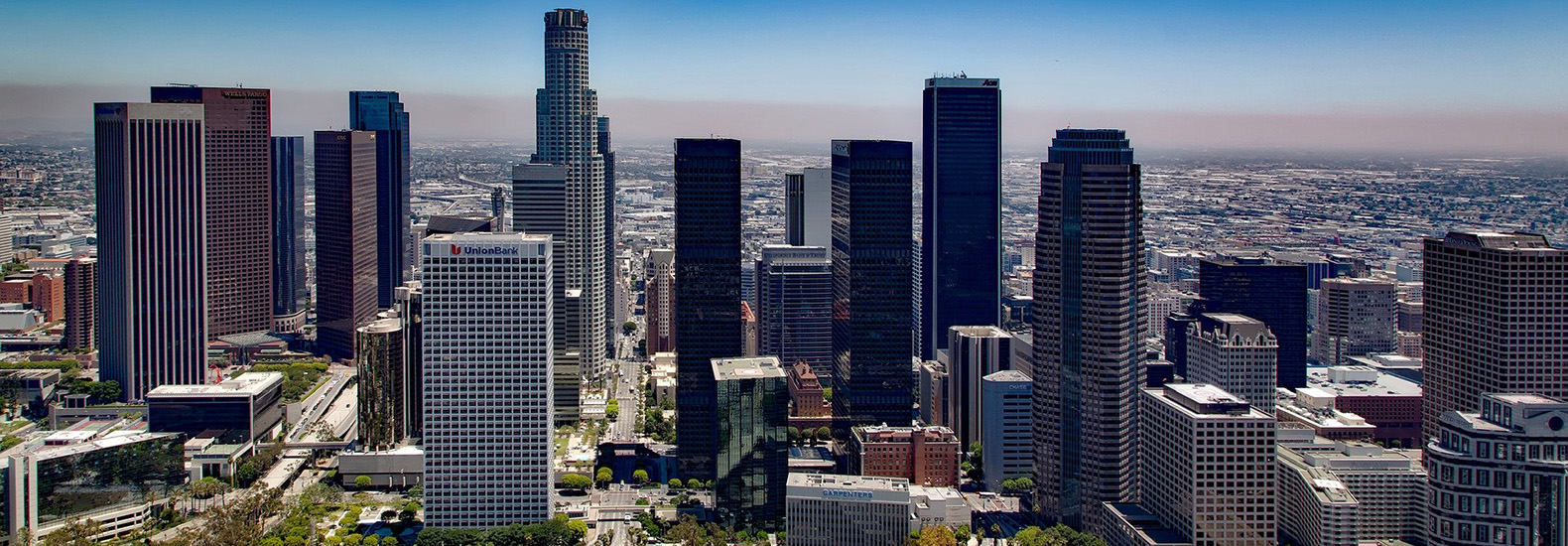Los Angeles, with its reputation as the entertainment capital of the world, is not just a city of glitz and glamour but also a fascinating tapestry of urban design that blends history, culture, and innovation. From the iconic Hollywood sign to the modern skyscrapers downtown, the city’s architectural landscape tells a compelling story of evolution and adaptability. This article delves into how Los Angeles has embraced sustainable urban development practices, offering valuable insights and practical applications for creating environmentally conscious cities.
—
**The Urban Tapestry of Los Angeles**
Los Angeles is a melting pot of architectural styles, reflecting the diverse influences that have shaped the city over the years. From the historic Spanish colonial buildings in areas like Olvera Street to the iconic mid-century modern homes in the Hollywood Hills, each neighborhood in Los Angeles has its unique architectural character. This rich architectural heritage serves as a foundation for the city’s urban design philosophy, blending the old with the new in a seamless tapestry of creativity.
*Case Study: The Bradbury Building*
One of Los Angeles’ architectural gems is the Bradbury Building, renowned for its stunning Victorian-era design. Built in 1893, the building’s ornate ironwork, wooden railings, and sunlit atrium showcase a blend of historic charm and practical innovation. Today, the Bradbury Building stands as a testament to the city’s commitment to preserving its architectural heritage while embracing modern urban needs.
—
**Sustainability in Urban Design**
As concerns over climate change and environmental degradation grow, cities around the world are increasingly focusing on sustainable development practices. Los Angeles has emerged as a leader in this space, implementing green building initiatives, promoting public transportation, and investing in renewable energy solutions. By incorporating sustainable principles into urban design, cities can reduce their carbon footprint, improve quality of life for residents, and create more resilient communities.
*Expert Analysis: Dr. Emily Johnson, Sustainable Urban Planner*
“Sustainability is not just a buzzword; it’s a necessity for the future of our cities. Los Angeles has made significant strides in reducing greenhouse gas emissions, increasing green space, and promoting alternative transportation modes. By prioritizing sustainability in urban design, cities can enhance livability and create a more equitable environment for all residents.”
—
**Practical Applications for Sustainable Urban Development**
Creating sustainable urban spaces requires a multi-faceted approach that considers factors such as energy efficiency, green infrastructure, and community engagement. From incorporating green roofs and rain gardens to promoting mixed-use developments and pedestrian-friendly streets, there are numerous strategies that cities can adopt to enhance sustainability in their urban design.
*Real-World Example: The Expo Line Extension*
The Expo Line Extension in Los Angeles is a prime example of sustainable urban development in action. By expanding the city’s light rail system, the project has reduced reliance on cars, alleviated traffic congestion, and provided residents with accessible public transportation options. The integration of green spaces and bike lanes along the Expo Line route further emphasizes Los Angeles’ commitment to creating a more sustainable urban landscape.
—
**Conclusion**
Los Angeles serves as a blueprint for cities worldwide looking to combine heritage with innovation and sustainability in urban design. By learning from the city’s architectural evolution, sustainable practices, and community-focused initiatives, urban planners and policymakers can create vibrant, eco-friendly urban spaces that prioritize the well-being of residents and the planet. Embracing a holistic approach to urban development, rooted in sustainability and innovation, is key to shaping the cities of tomorrow.
In essence, the urban tapestry of Los Angeles not only tells a story of creativity and reinvention but also offers valuable lessons on how cities can build a more sustainable and resilient future for generations to come.

